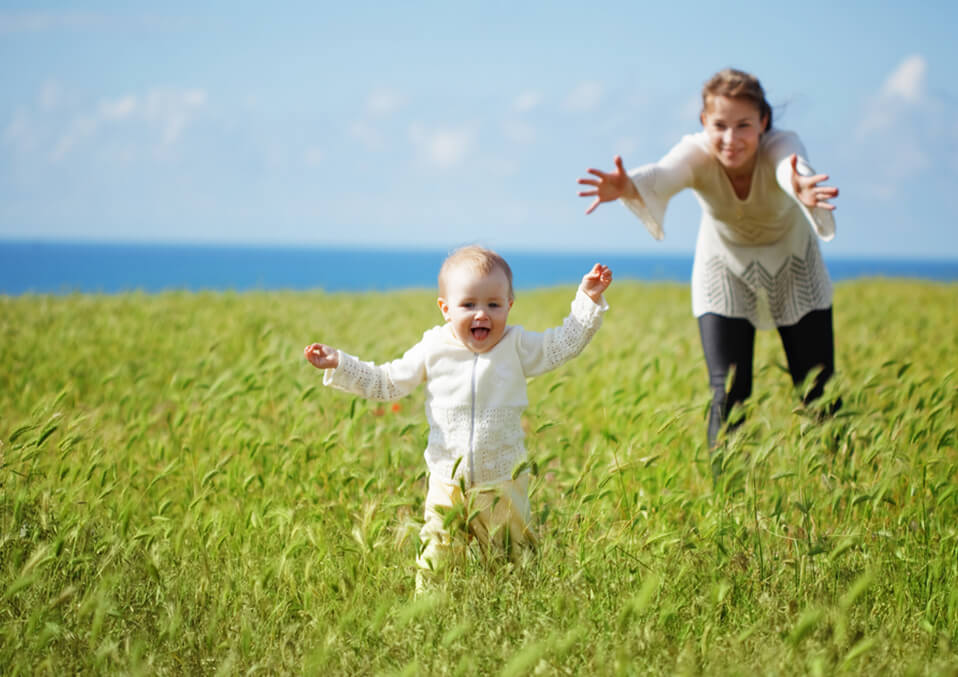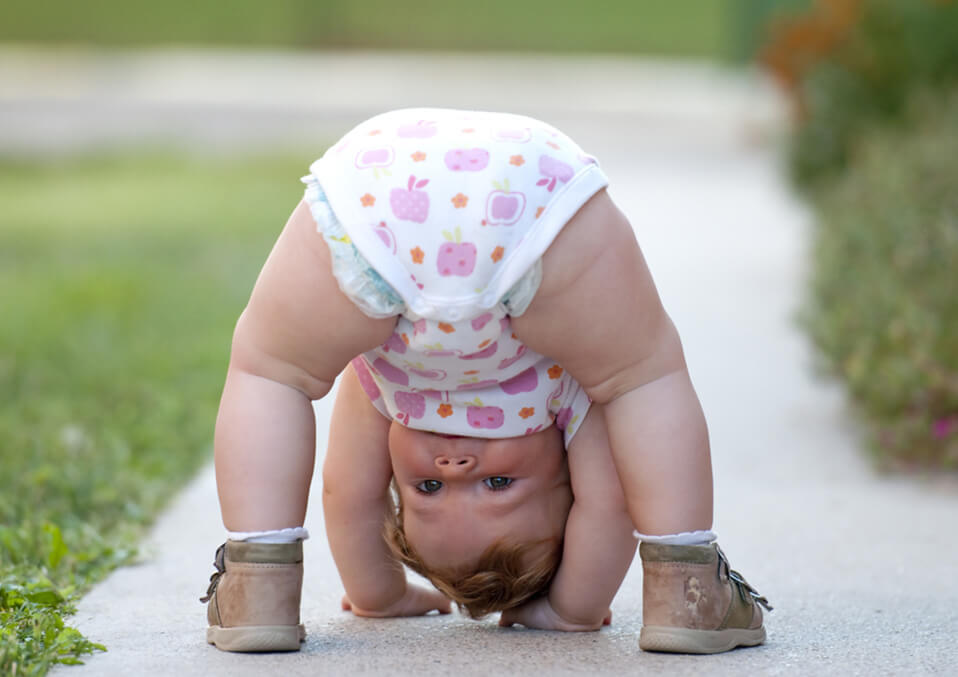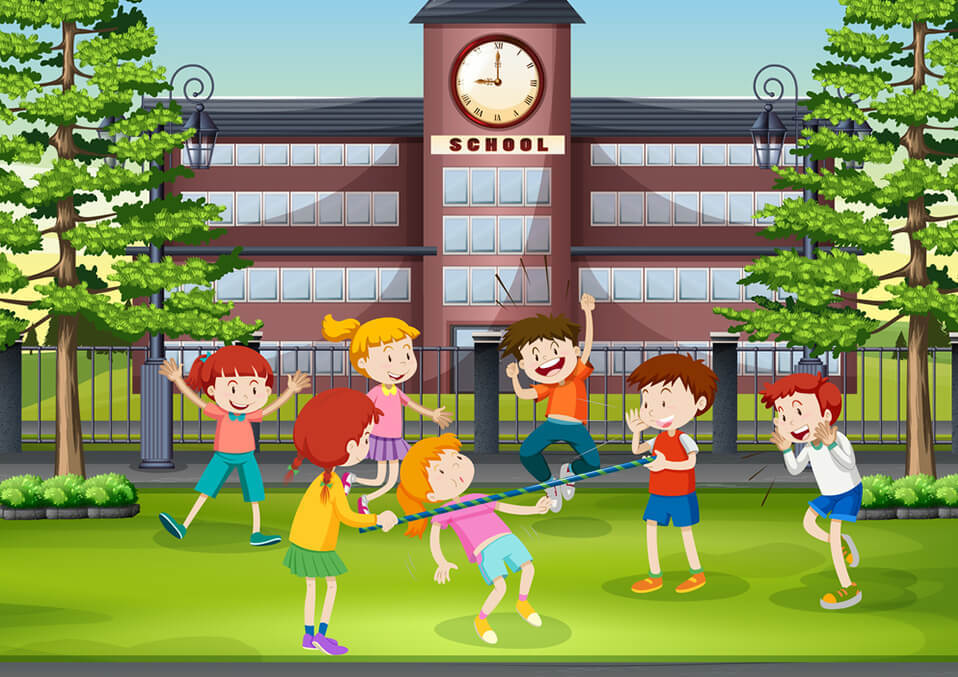
One of the most important parts of your child’s life is the first five years. This is the time when they are developing physically and mentally. This is also when they form habits that they will carry on when they’re older. This is where physical activities or exercises come into play. Having a scheduled daily activity is beneficial for your child that includes bone and muscle strength, improving flexibility and promotes good sleep. It is encouraged that parents should slowly introduce physical activities as early as possible to their kids.
In early childhood (0-5), play-based activities are recommended. This will test their motor skills such as their grip and cognitive skills such as following simple instructions. This includes as simple as tummy time, walking, picking up a toy or blocks, simple exercises as jumping jacks and the likes. As your kids grow older, a different set of physical activities must be introduced. More vigorous activities that would require more of their strength and mental abilities like problem-solving.
Physical activities shouldn’t stop at age five. There are a lot of exercises or activities your child should try as he or she grows older.
Here are some physical activities to try with your kids, tailored for their age group.
1. Babies under 1-year-old

Simple activities on a day to day basis would be beneficial for your baby’s growth both physically and mentally. This would include tummy time where you let them lay on their tummy and have different sets of materials in front of them that they can touch. The best thing to have is materials with different textures to initiate his or her sense of touch.
Another activity would be having your baby lie on their back and have a makeshift mobile in front of him or her that he or she can try and pull the objects. This will test the baby’s motor skills and strength as well. At this stage, they won’t be able to recognize colors yet but they can see black, white and red so keep in mind these colors if you want to try this activity.
Crawling is another physical ability that is essential in your child’s development. Babies usually start to crawl at around 7- 10 months. Crawling increases their skills such as problem-solving since this activity usually stems from wanting to get a toy or a book that’s out of their reach.
2. Toddlers (1-2 years old)

Toddlers are more adventurous, curious and energetic at the same time hard to please. They also have a short attention span so variation to their physical activities from time to time is essential.
At this age, kids are learning how to stand, walk and even talk. They’re also at the stage where they want to put everything they get their hands on their mouths.
One example of a good physical exercise is to have your child walk towards you unassisted if he or she can already manage on their own. They may stumble after a few steps at a time but the repetition of this exercise is a great help in promoting strong bones. If your child cannot walk or stand on their own, you can let them practice using a walker so they can freely move around without the worry of them hurting themselves.
Another physical activity or exercise best for toddlers is to have them climb or walk over obstacles. There are a lot of play areas that can cater to this or you can even do this at home. All you need is soft items that won’t hurt them when they trip and a bit of creativity. While it’s more for their development, it something they will have fun with.
You may also let your kids try painting using waterbased paint. You may also make arts and crafts with them such as making butterflies using coffee filters. Develop their imagination and critical thinking by allowing them to create something with their hands.
3. Pre-schoolers (3-5 years old)

Kids in this age group are much more active as they are already in school and have friends or classmates they can play with and do activities together regularly. This is also the best time to slowly introduce them to sports or martial arts and other extracurricular activities such as ballet. This is a time for discovery both for parents and kids. They discover what they like and are inclined to or passionate about and parents learn more about their kids’ preference so they push them in the right direction.
4. Schoolchildren (5-12 years old)
In this age group, the kids are now more aware of what they want to do and which physical exercise or activity they enjoy. This is the stage where a parent no longer has to slowly introduce sports or other activities to their children as they have already found where they’re comfortable. It is still encouraged to let them explore a bit more with their skills physically and mentally. Suggestions for a more aggressive sport such as basketball or football, gymnastics or fencing- there is a lot more to learn and enjoy. Some kids in this age group are even encouraged to go camping by their parents not just to improve their kids’ physically but socially as well.
5. Teenagers (13-19 years old)
Kids in this age group tend to be more certain in what they want and enjoy doing. Still, it shouldn’t stop a parent from suggesting or allowing their teenagers to experience a new skill or physical activity. Since they’re already teenagers, they’re more capable to handle heavy items. You can let them try building or basic carpentry, clay making, or even refurbishing old household items as their activity. There are a lot of options as long as you keep an open, creative mind.
It is important to be very supportive of your kids’ growth and development, as well as their choices. By being there for their milestones, it gives your kids the confidence that they can conquer any physical activity or task that life throws at them. In effect, you do not only make your kids physically strong but emotionally and mentally strong as well.
Read also:
- Is Too Much Homework Bad For Kids’ Health
- Crafts and Kids: a Creative Way to Celebrate Memorial Day
- Summer Chores For Kids: Training Them to Become Better


